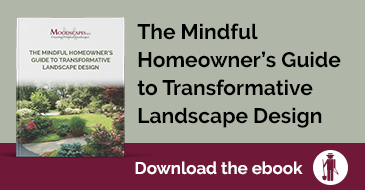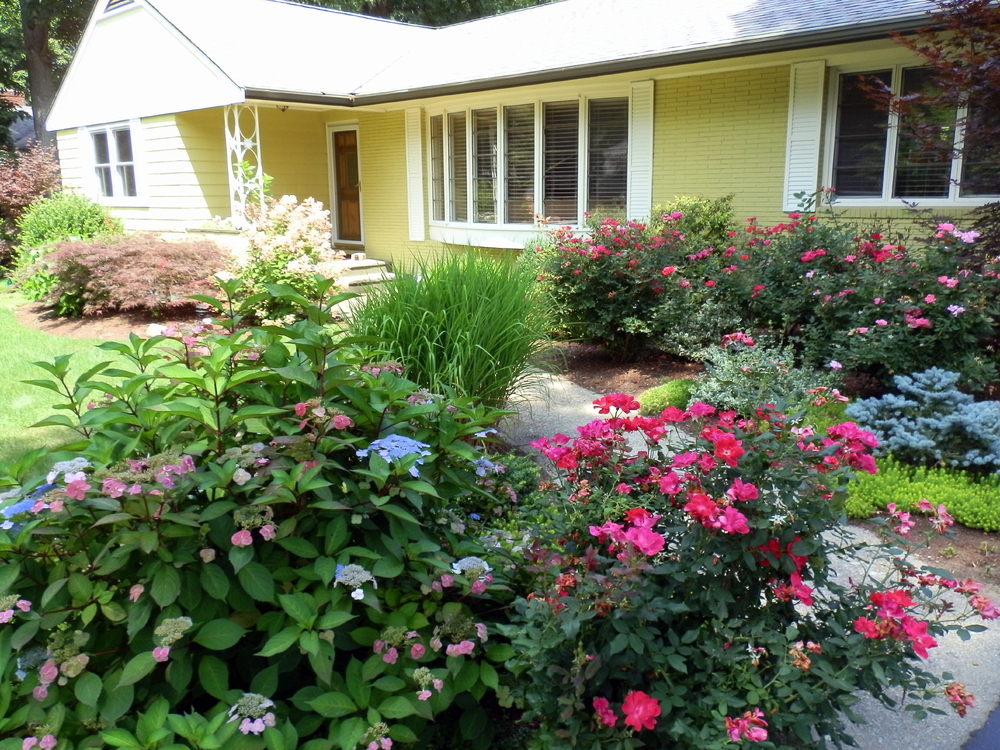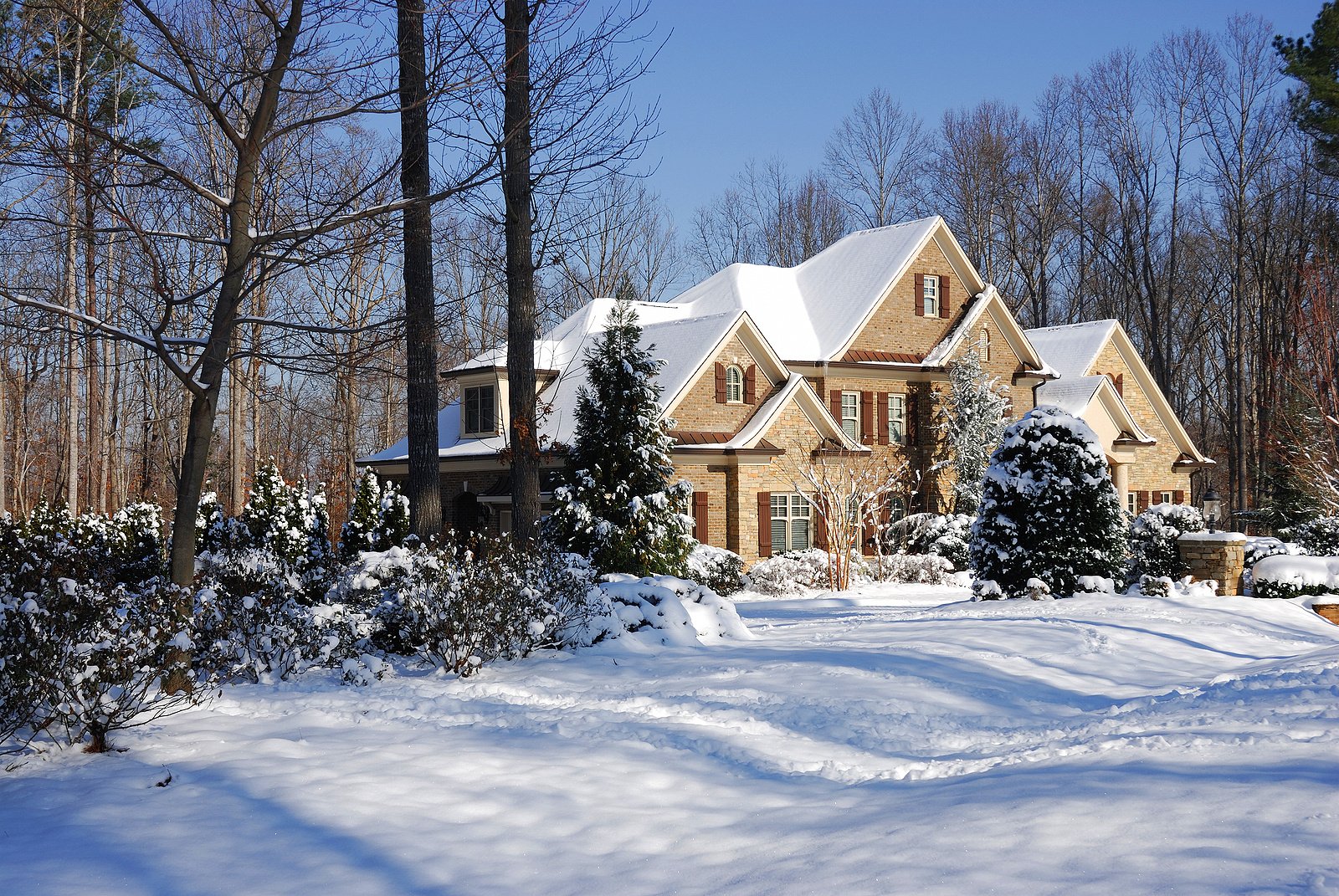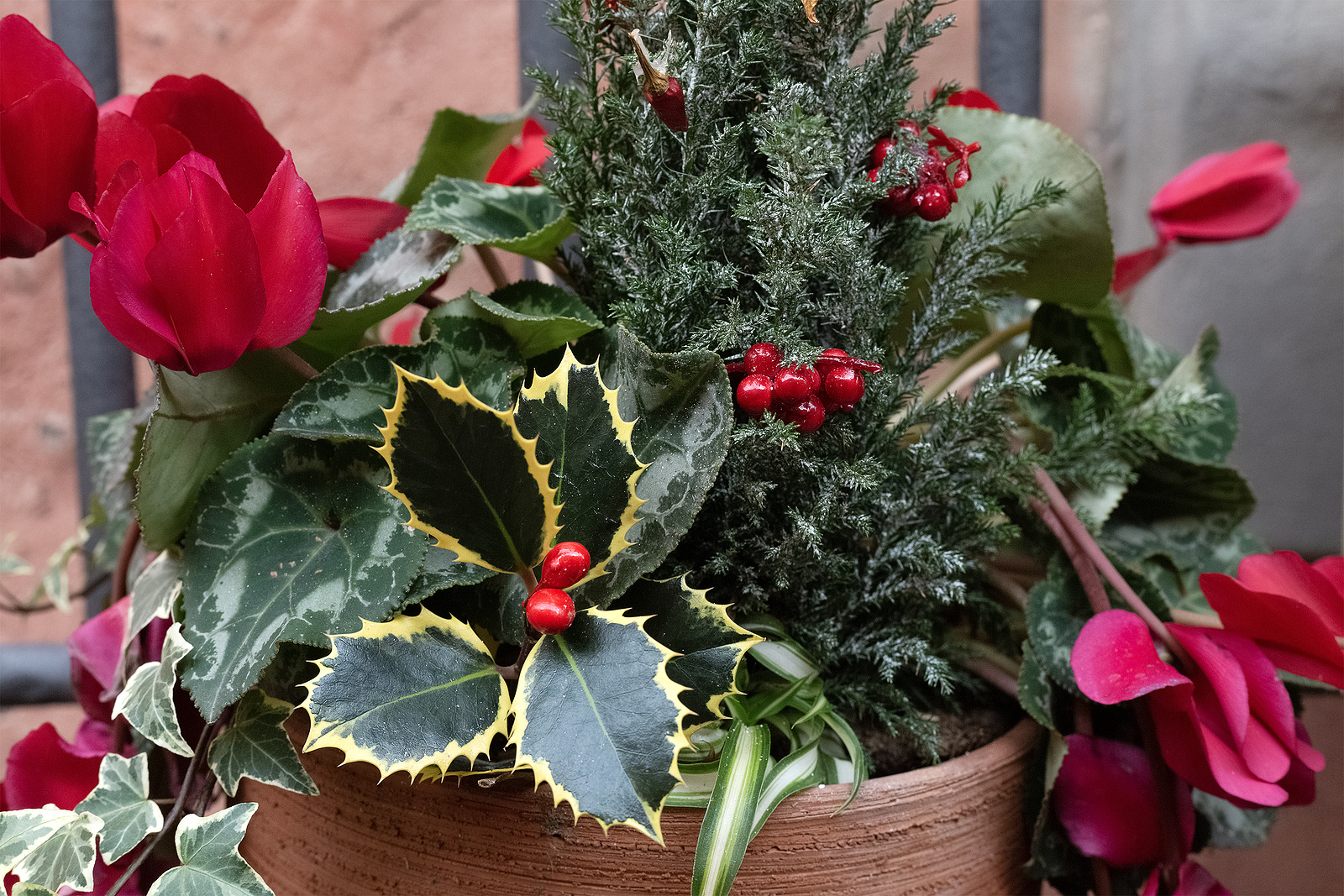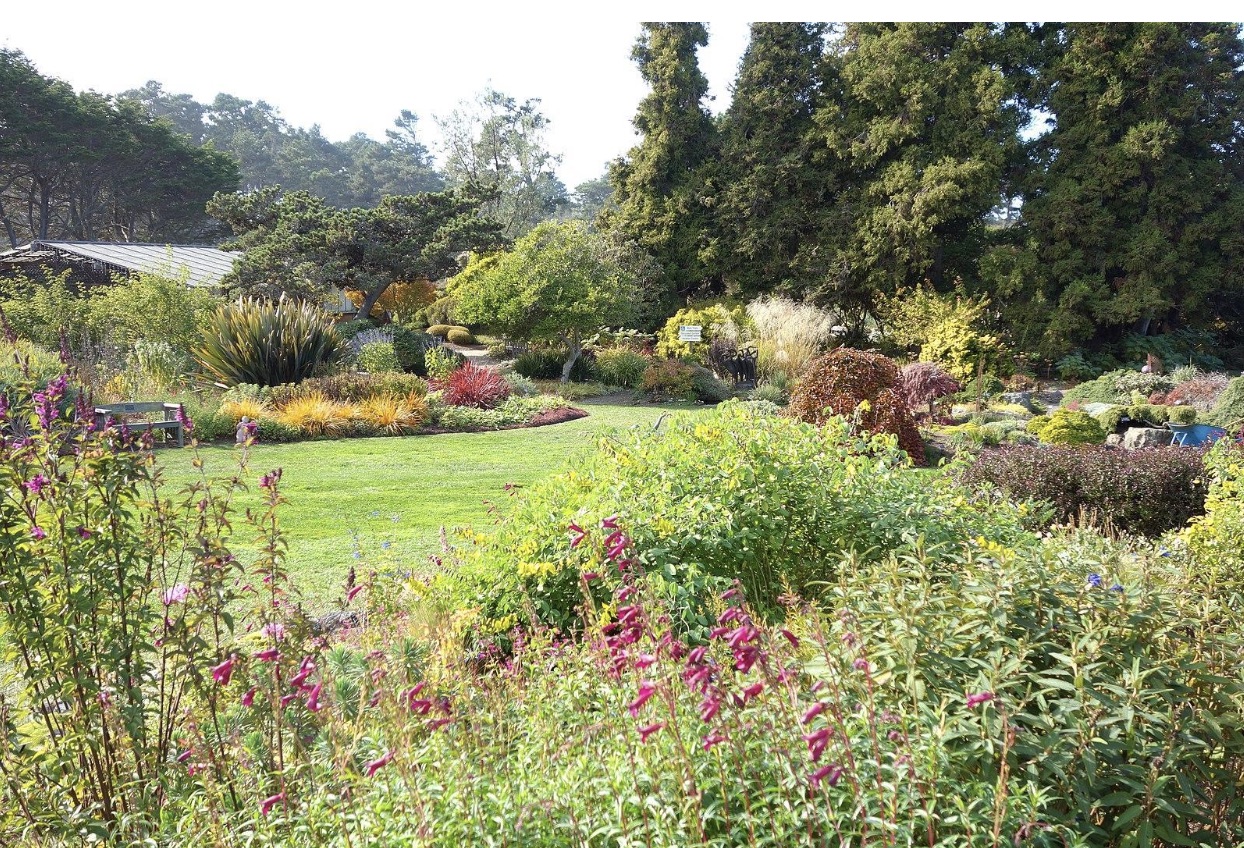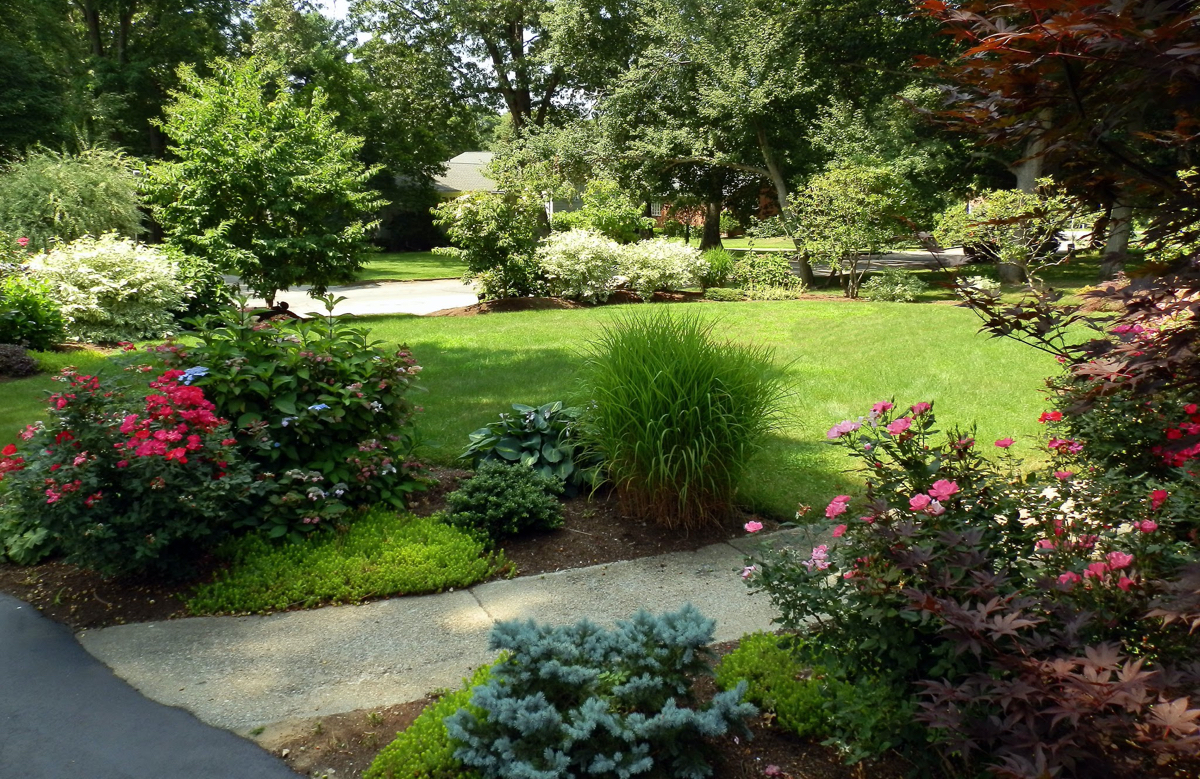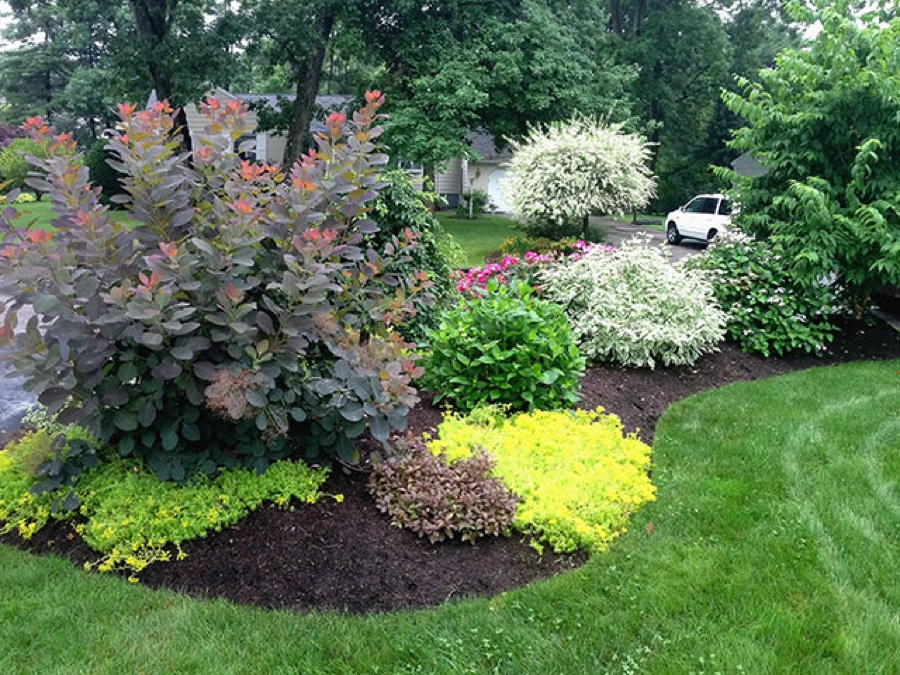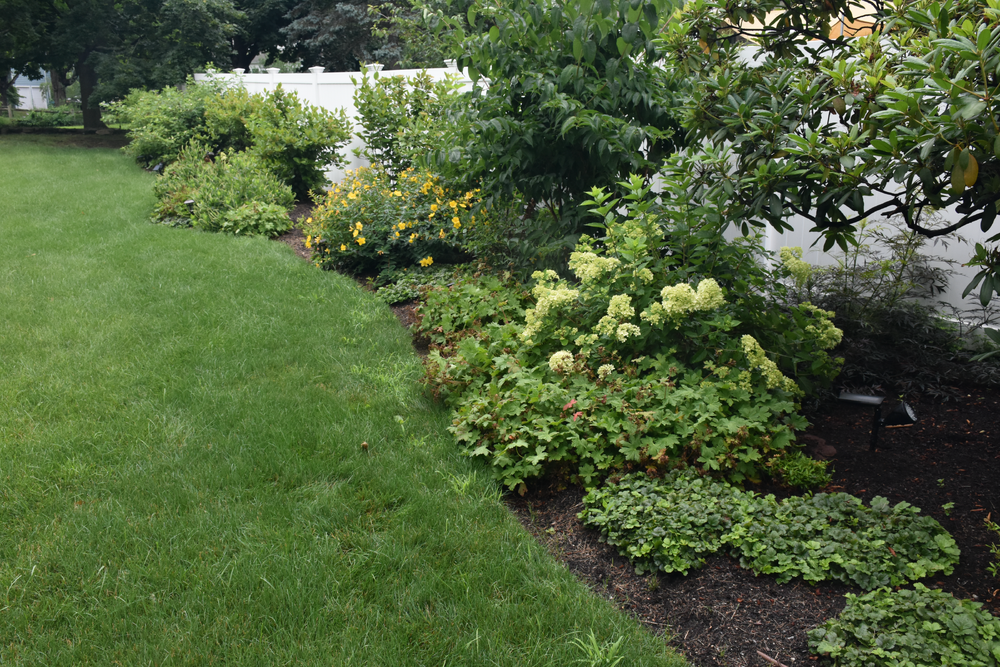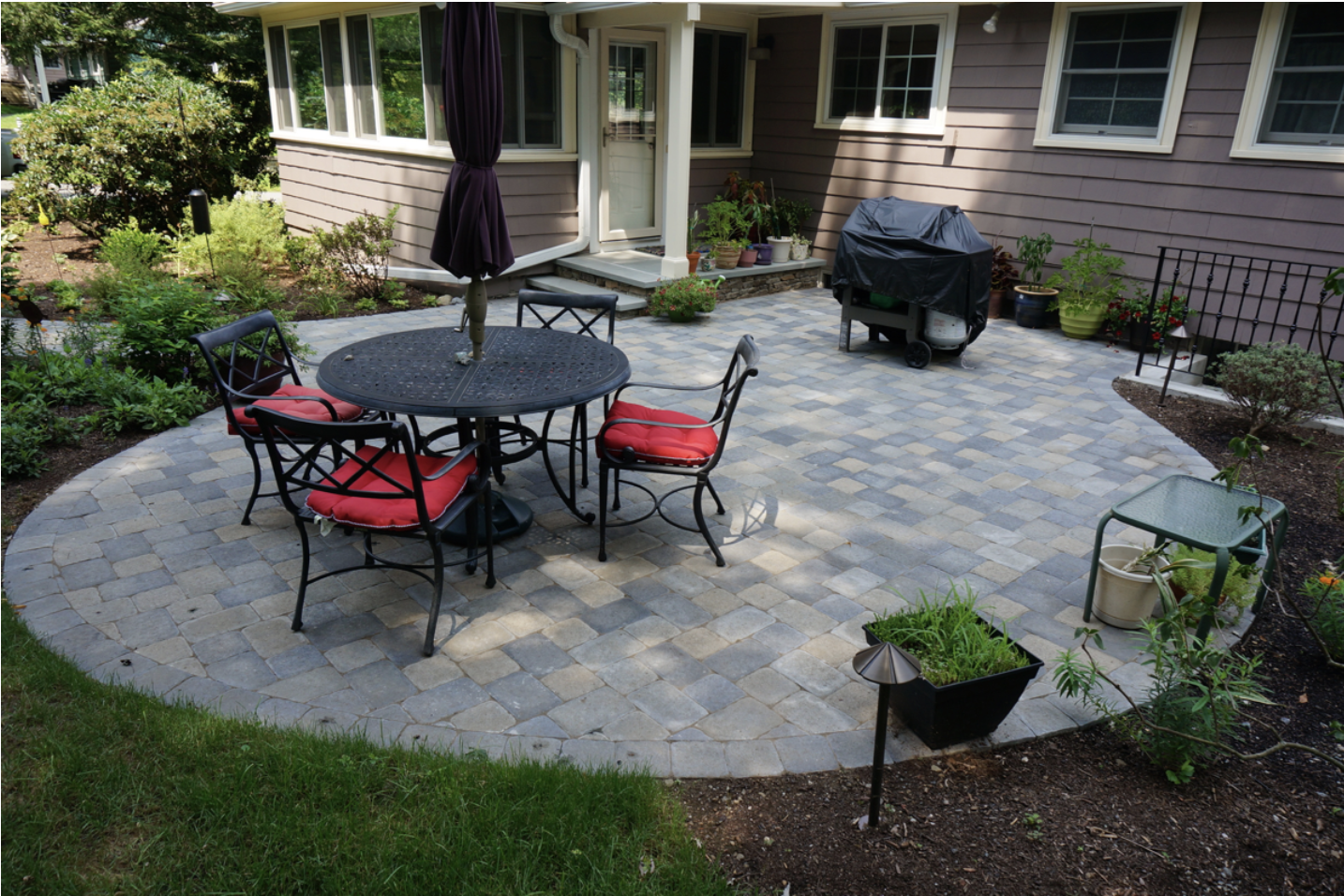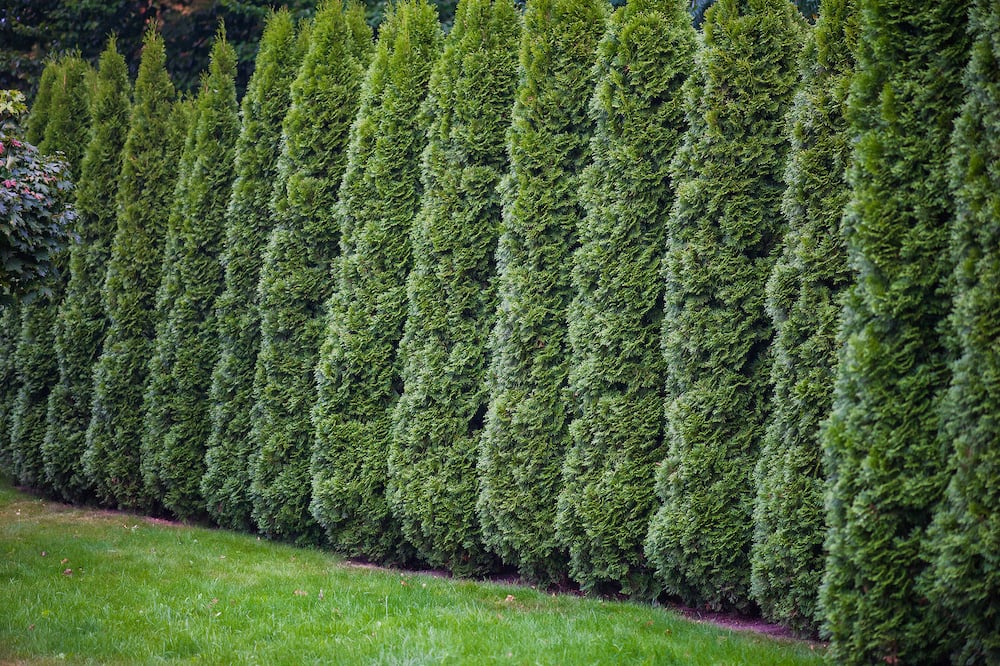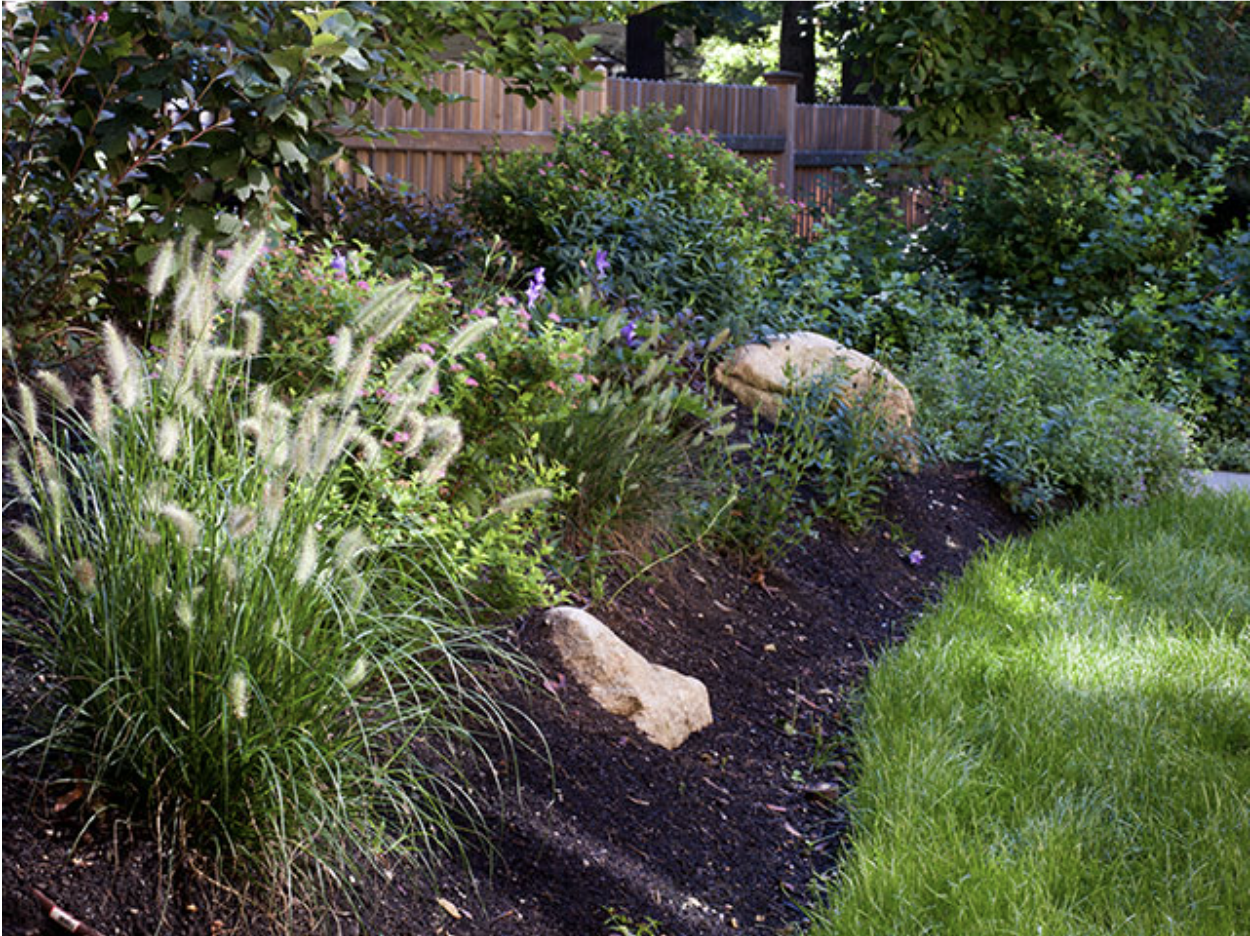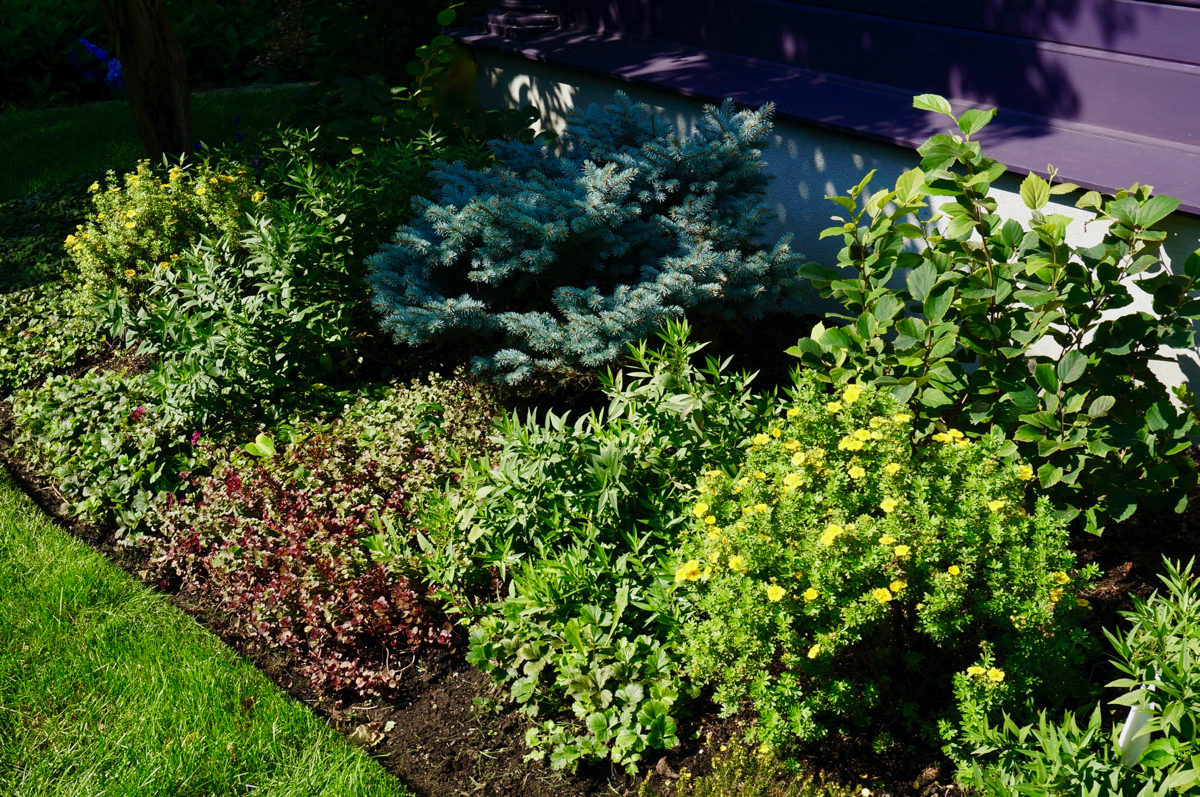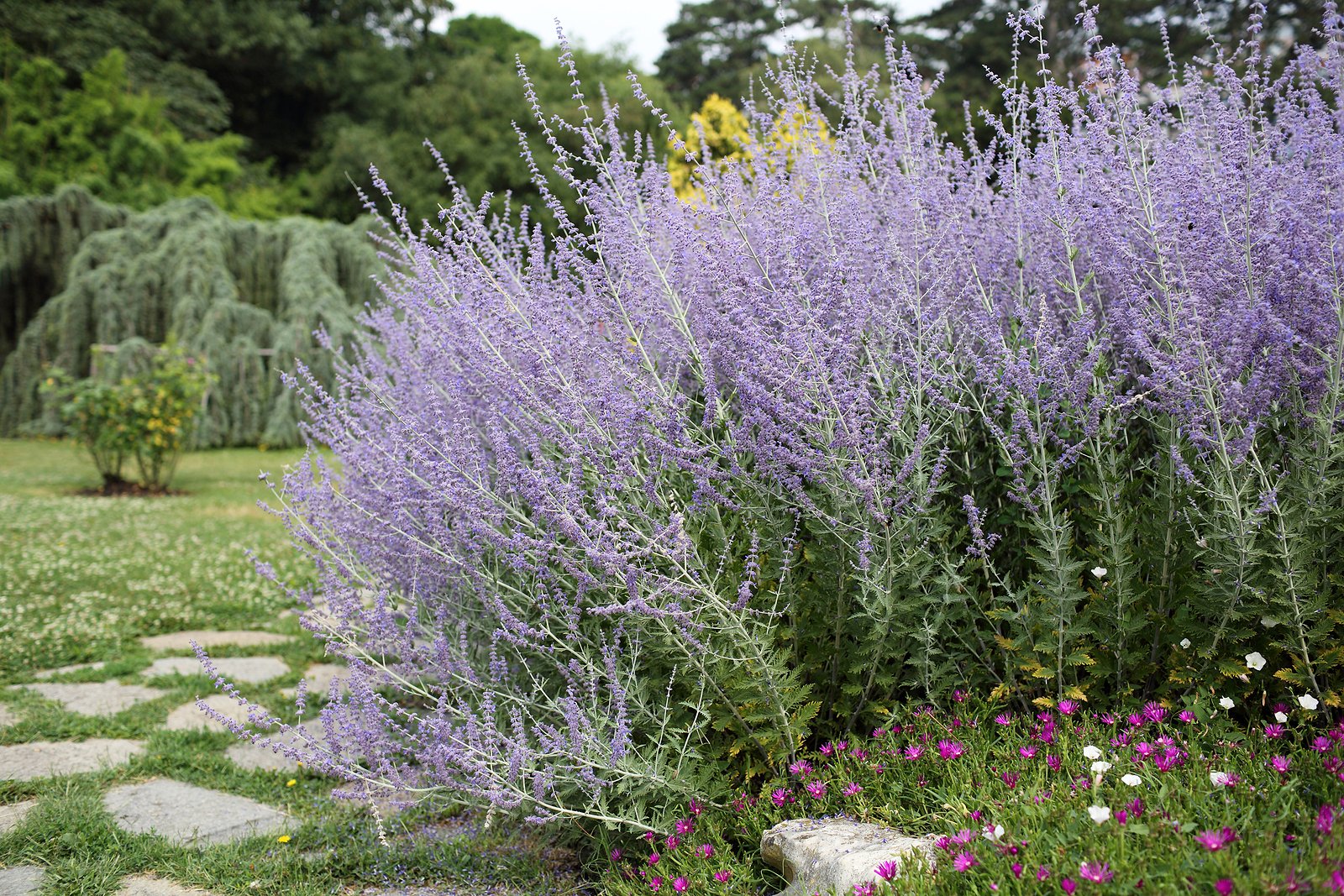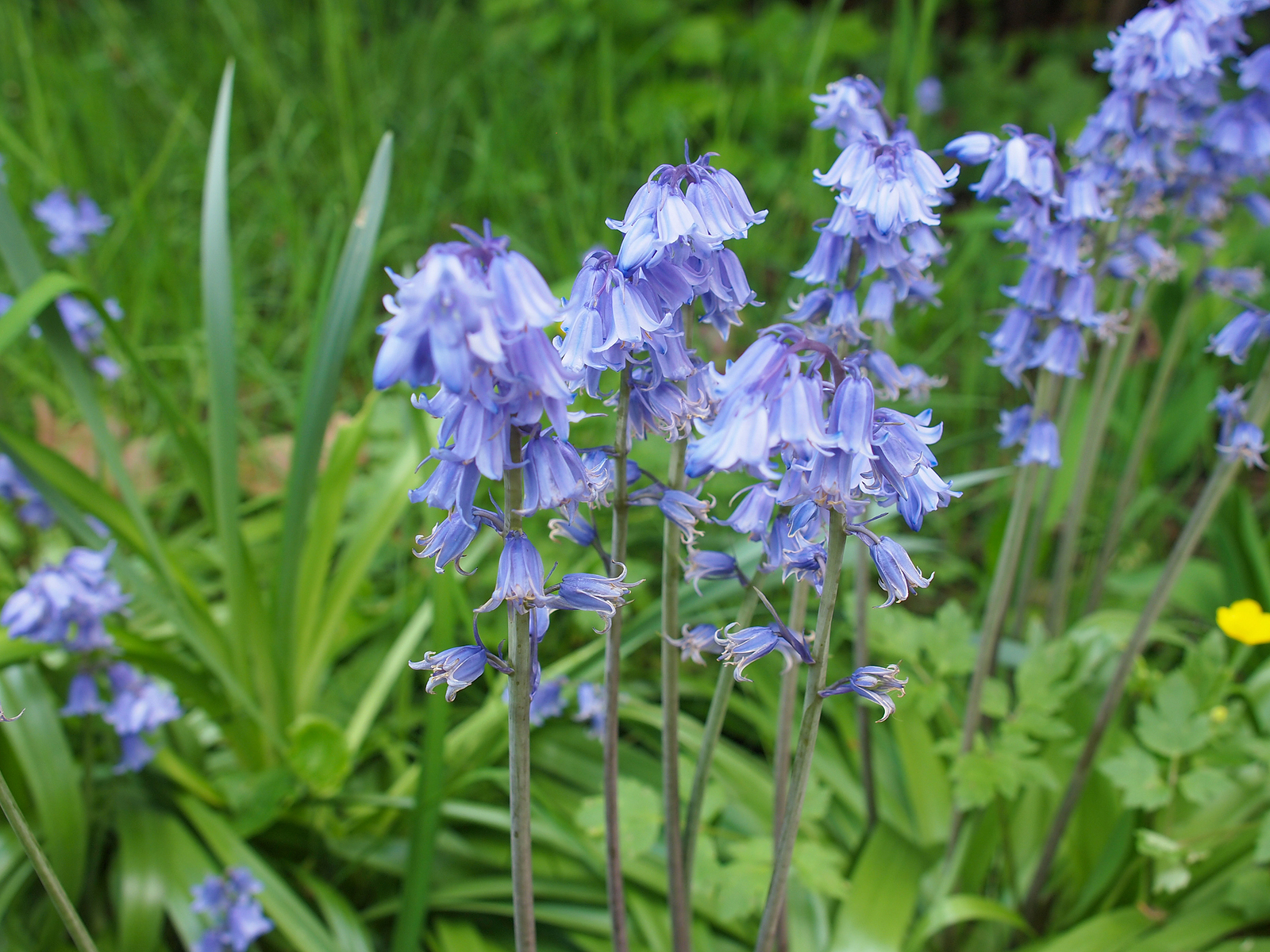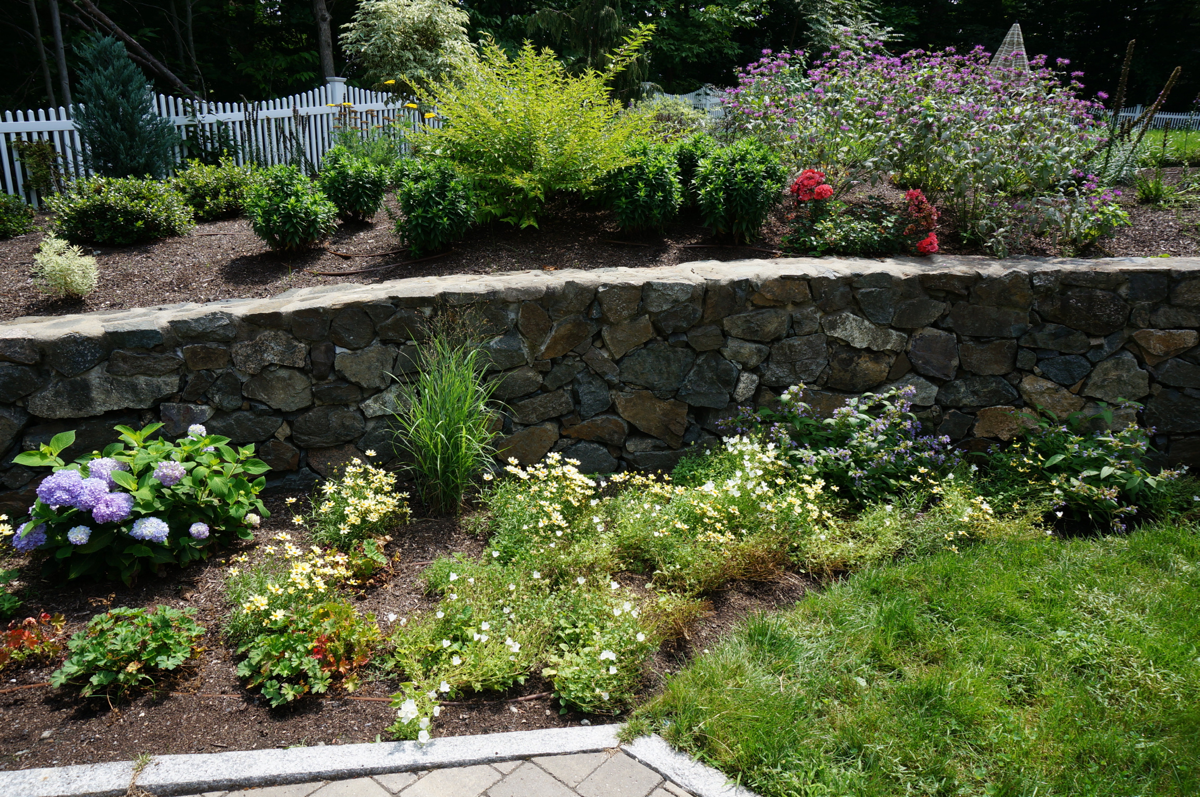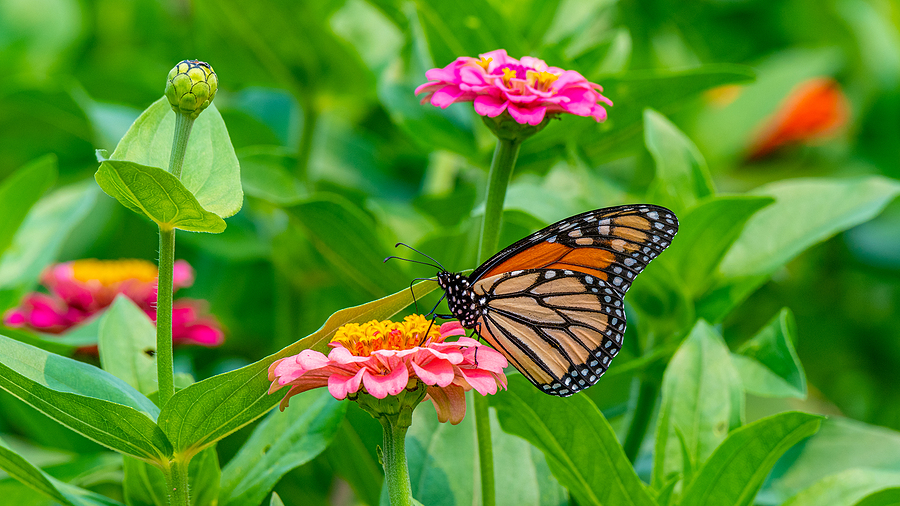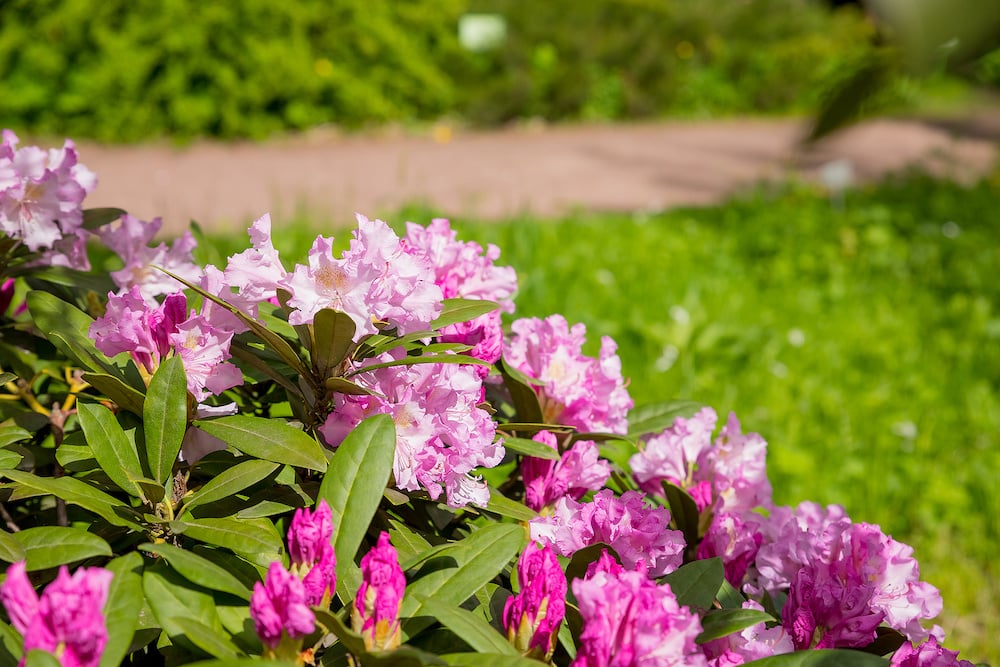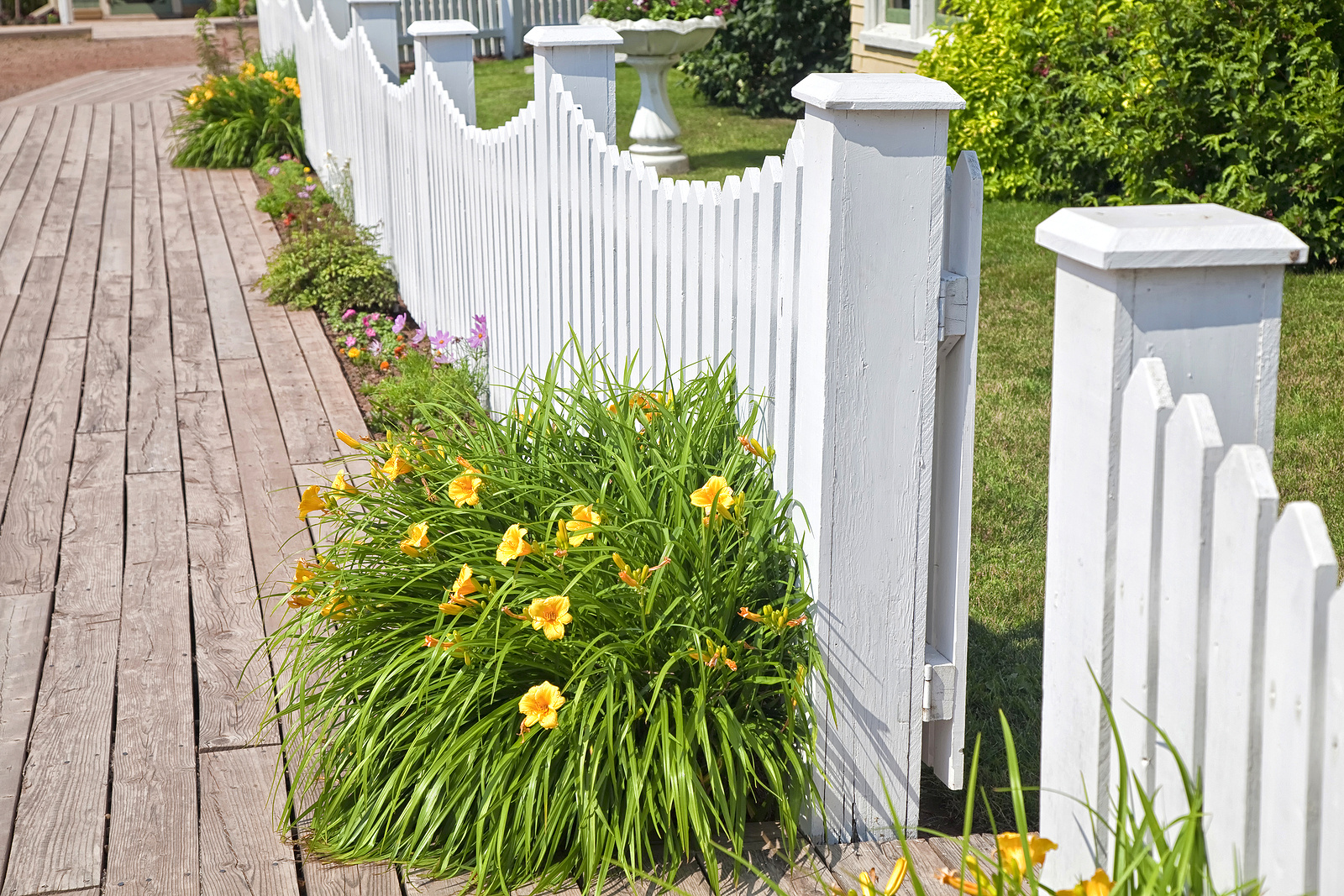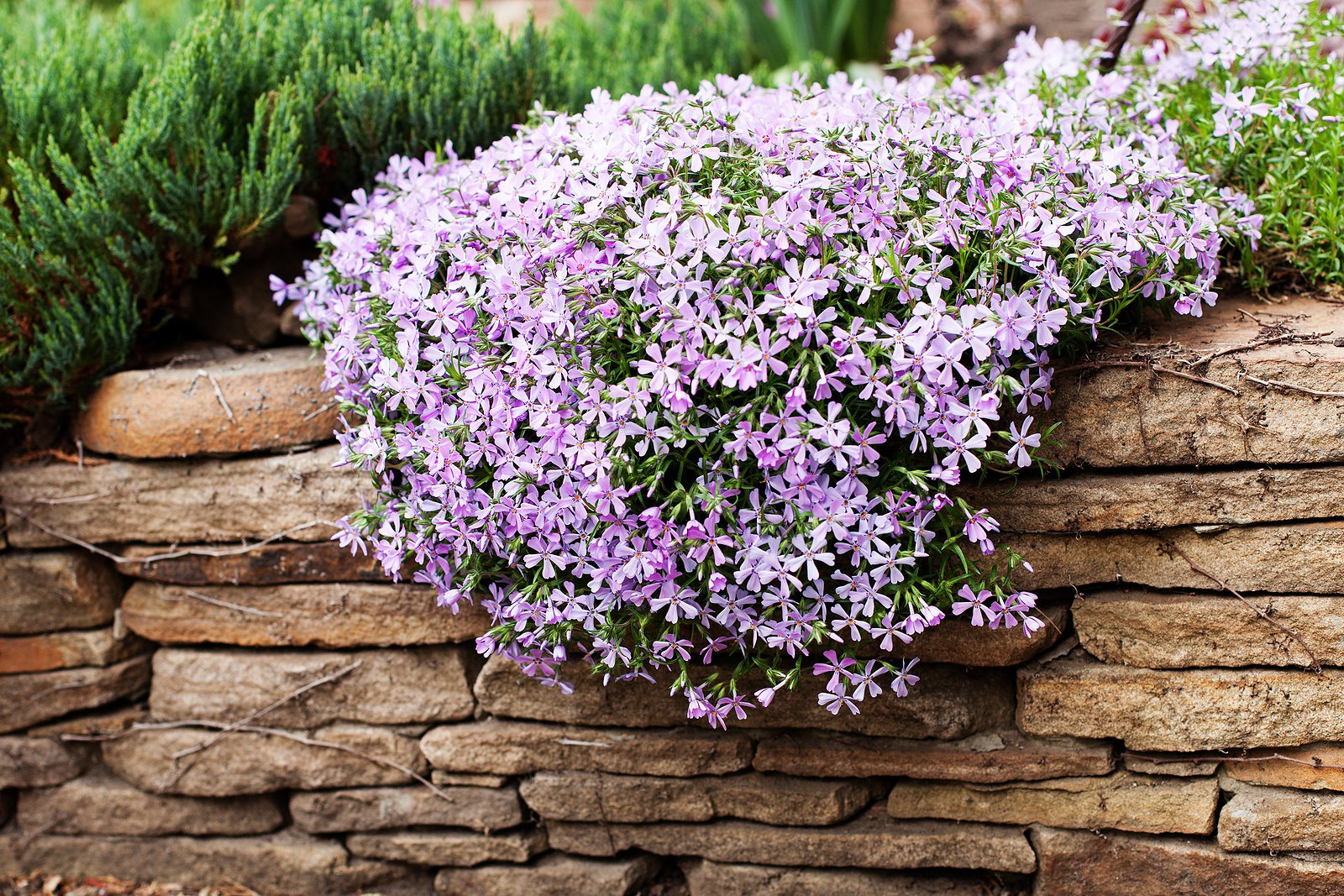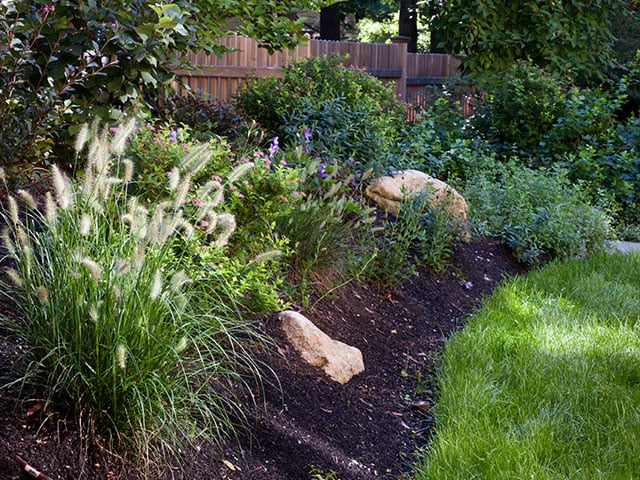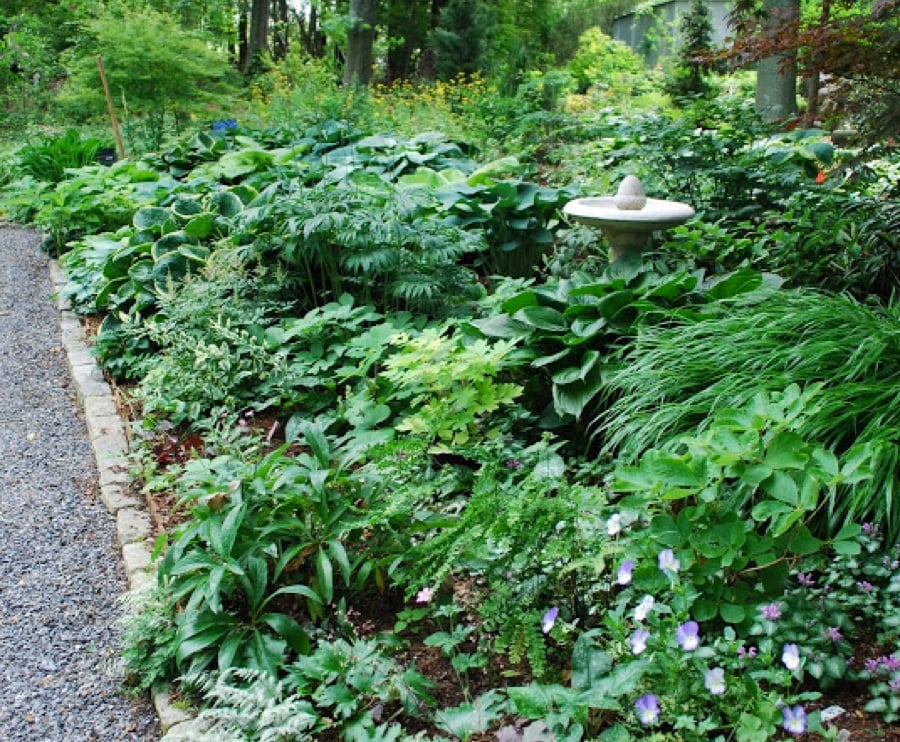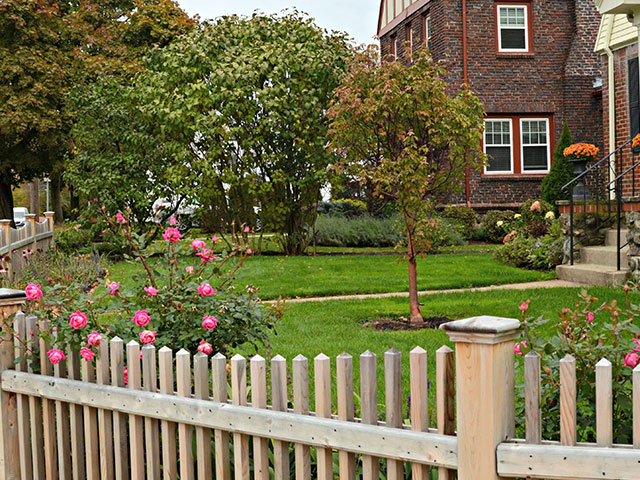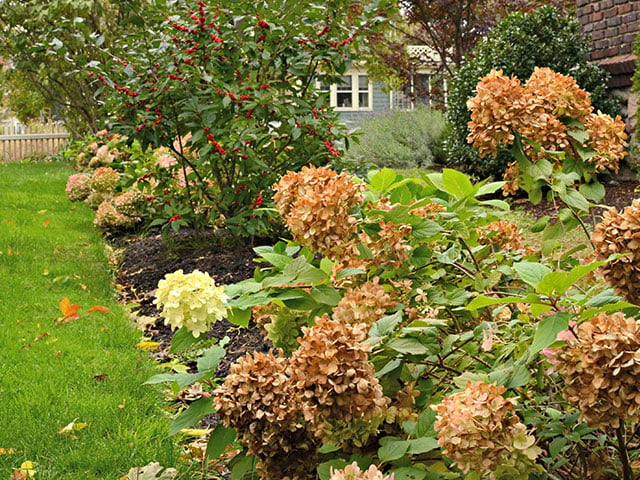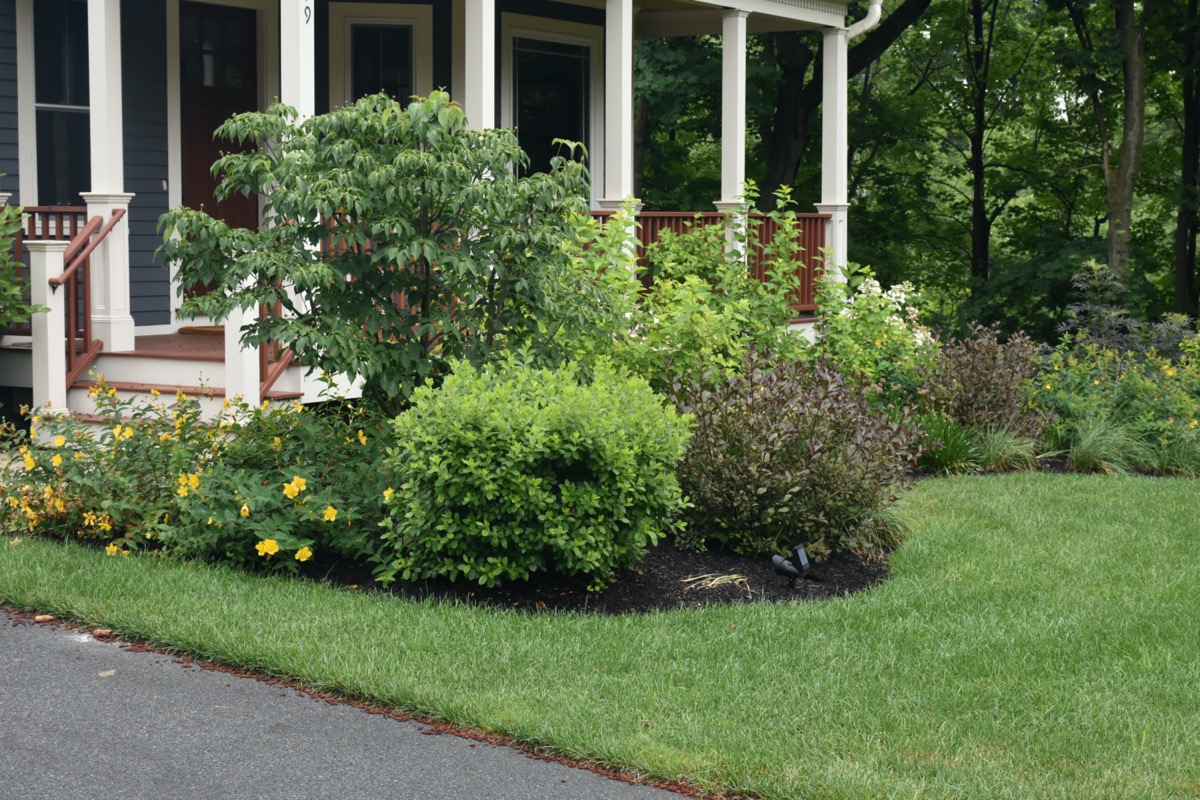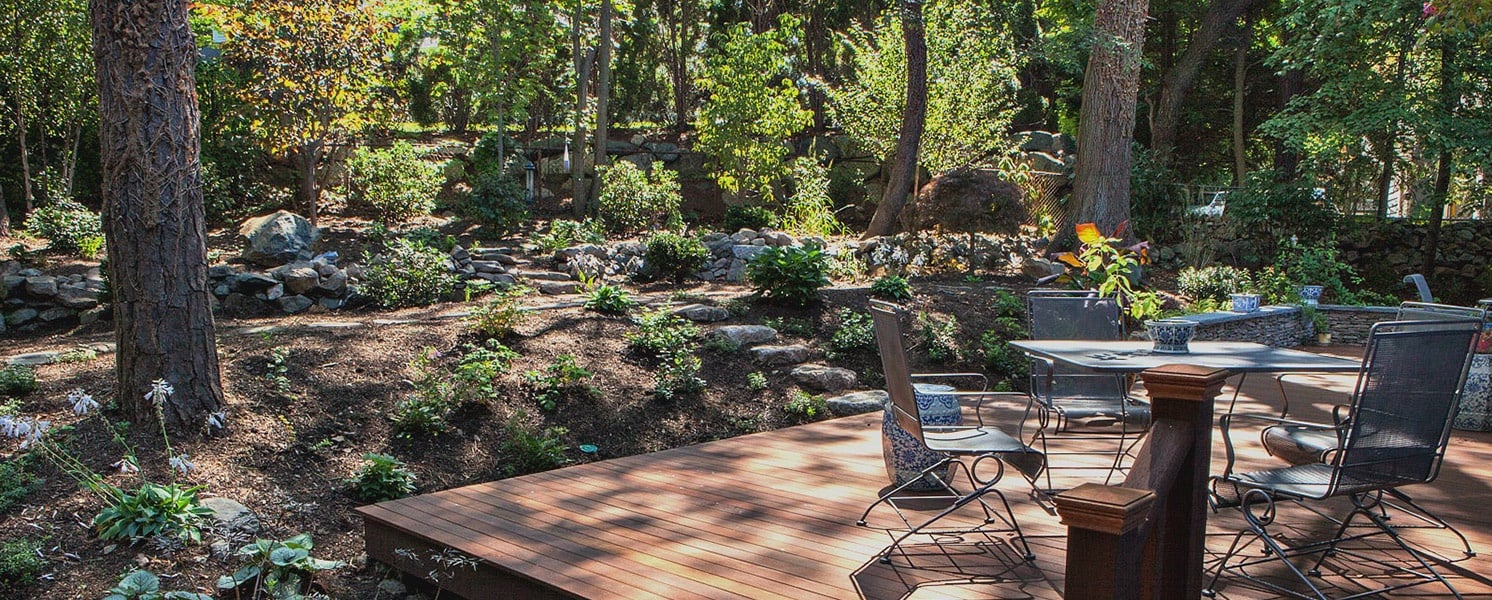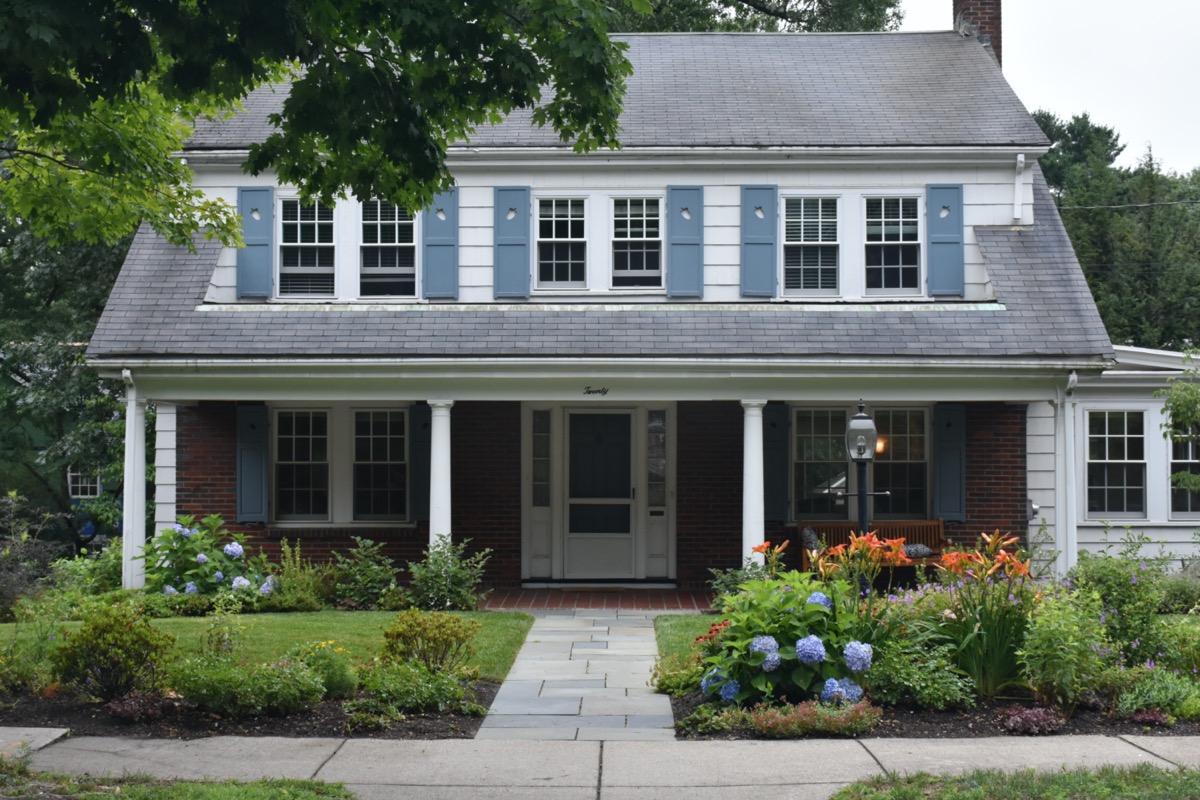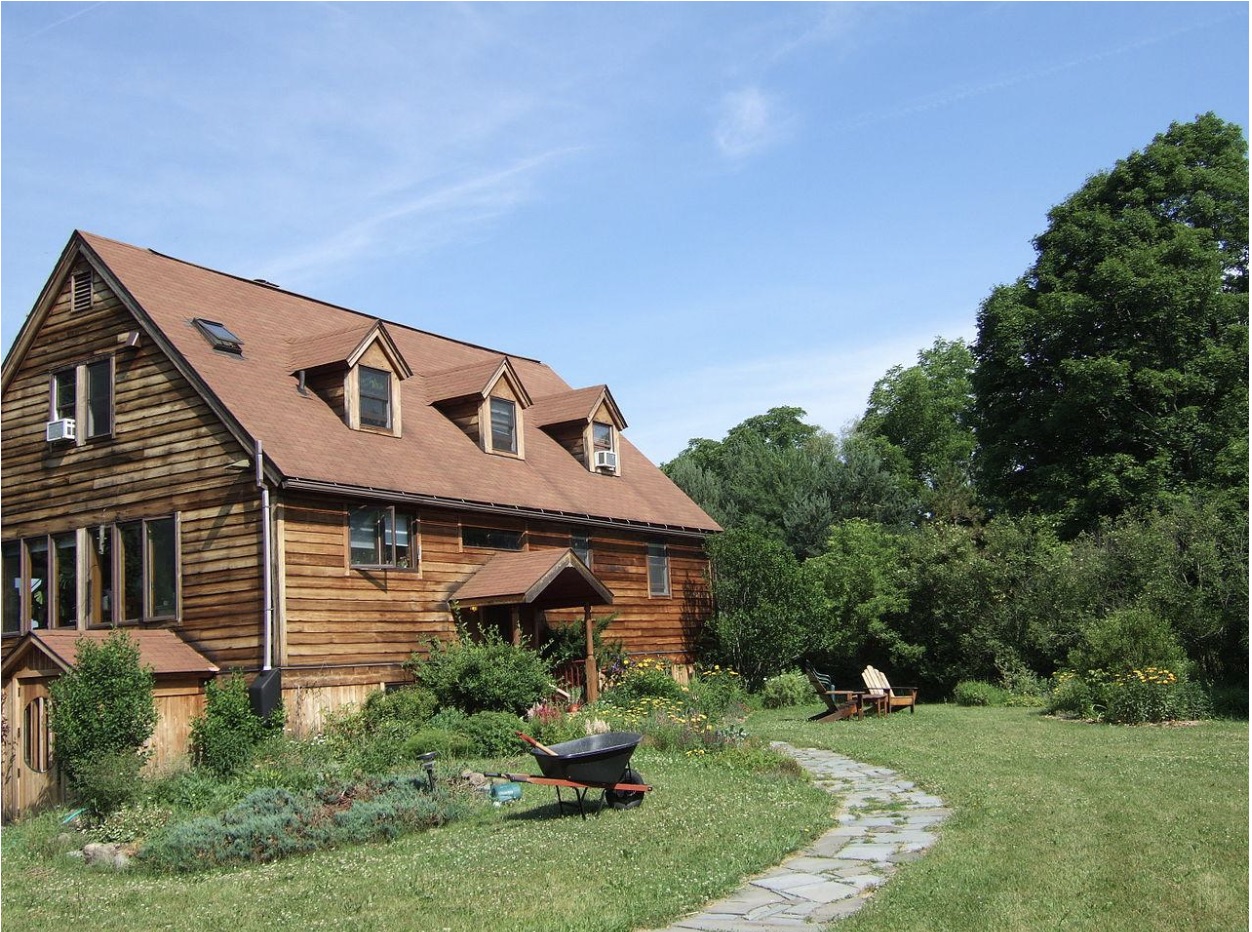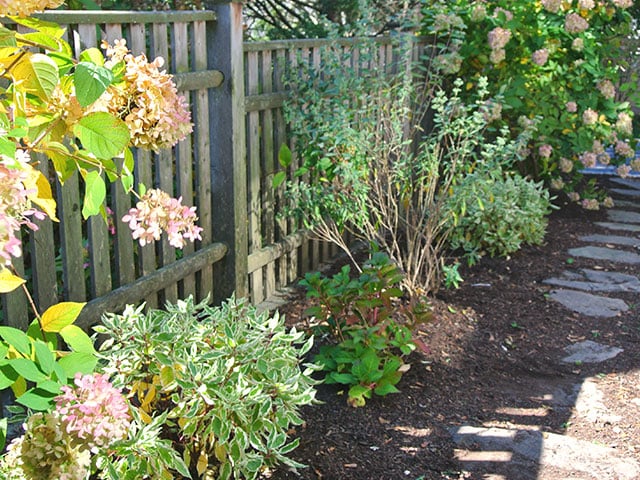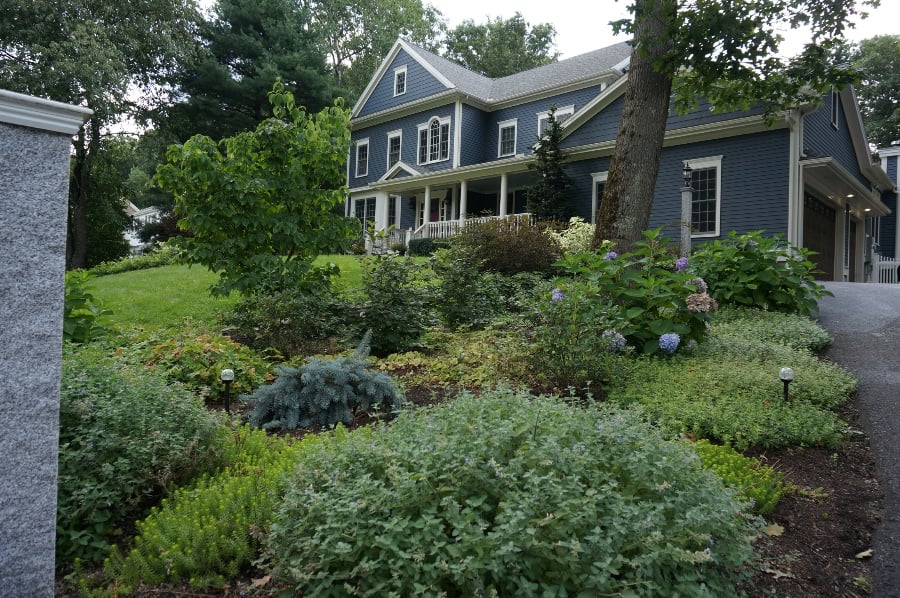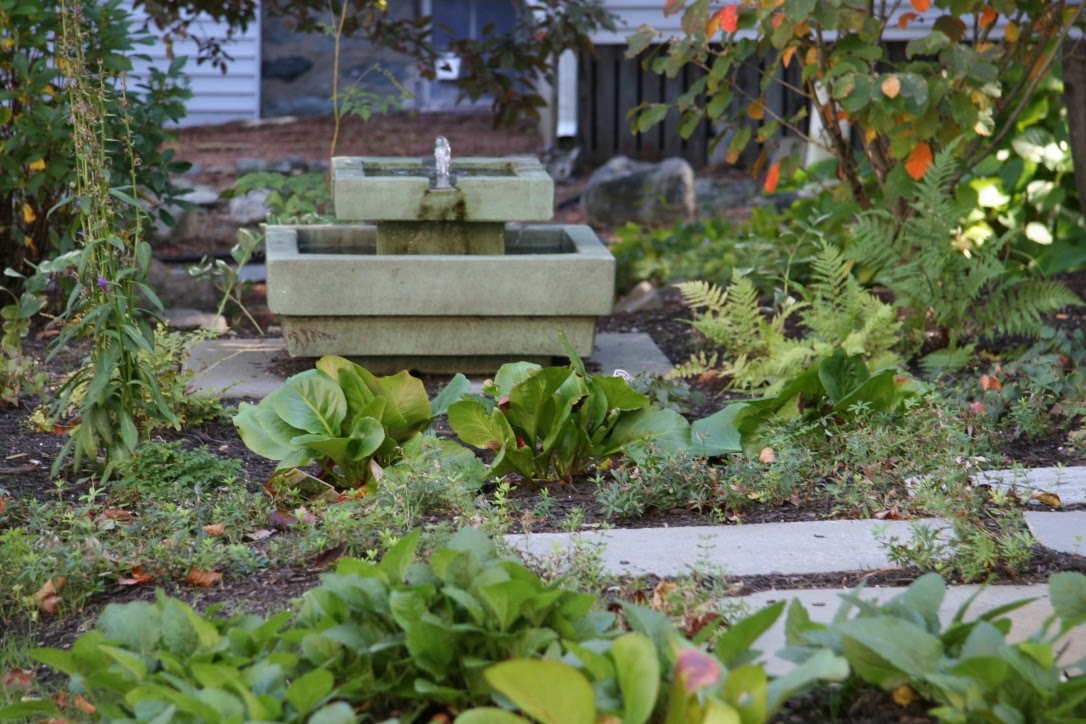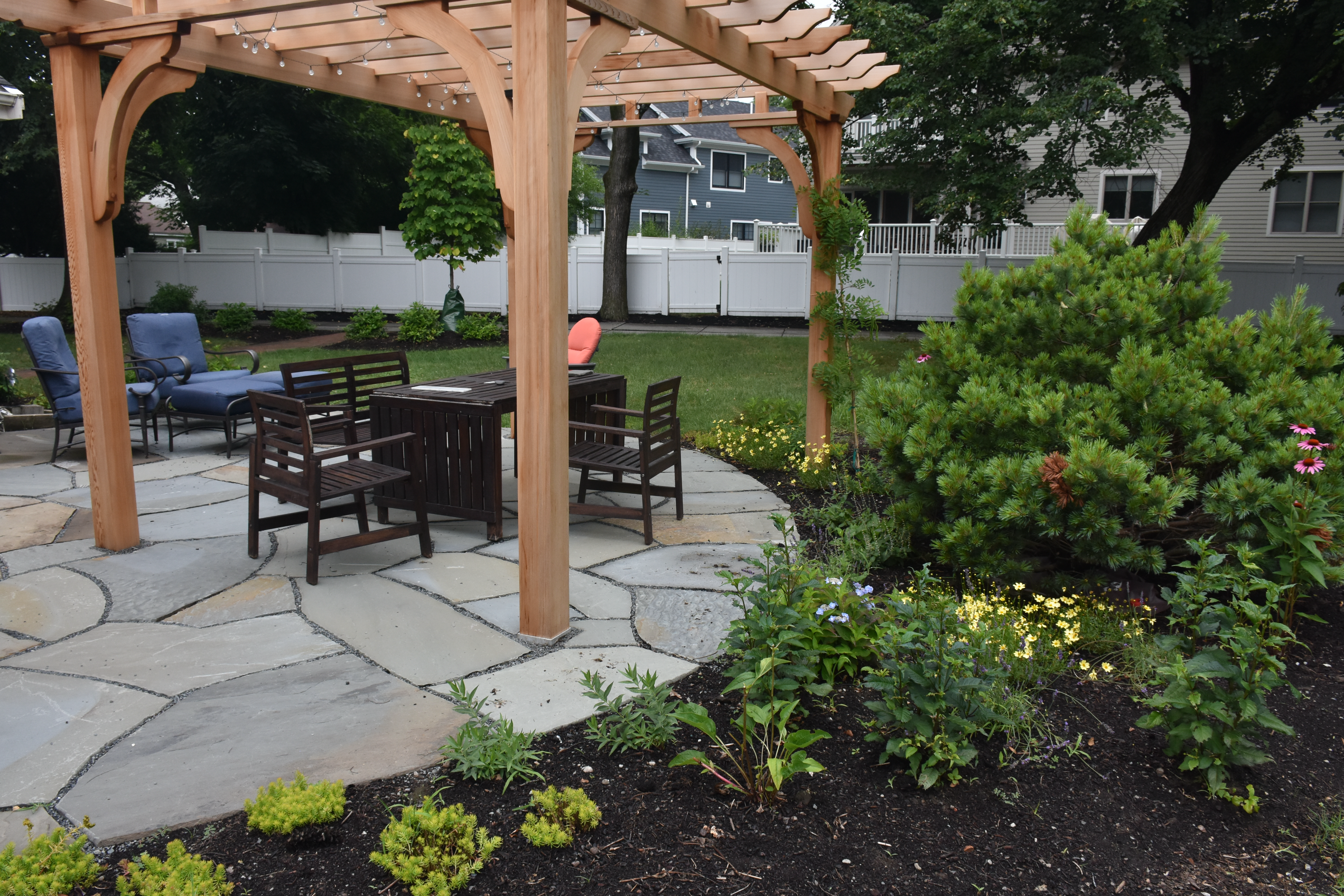It’s easy for outdoor spaces to become overwhelming. Over time, trees outgrow their footprints, shrubs crowd out pathways and weeds take over what was once a sunny garden bed. Many homeowners feel stuck, unsure how — or where — to begin when faced with a landscape that feels more chaotic than calming.
With the right design process, even the most neglected yards hold hidden potential. By starting with a thorough site analysis and building on natural cues like topography, sunlight and existing structures, homeowners can reclaim their space and create an outdoor retreat that feels both beautiful and functional.
However, creating the perfect landscape for you and your family isn’t just about picking pretty plants.
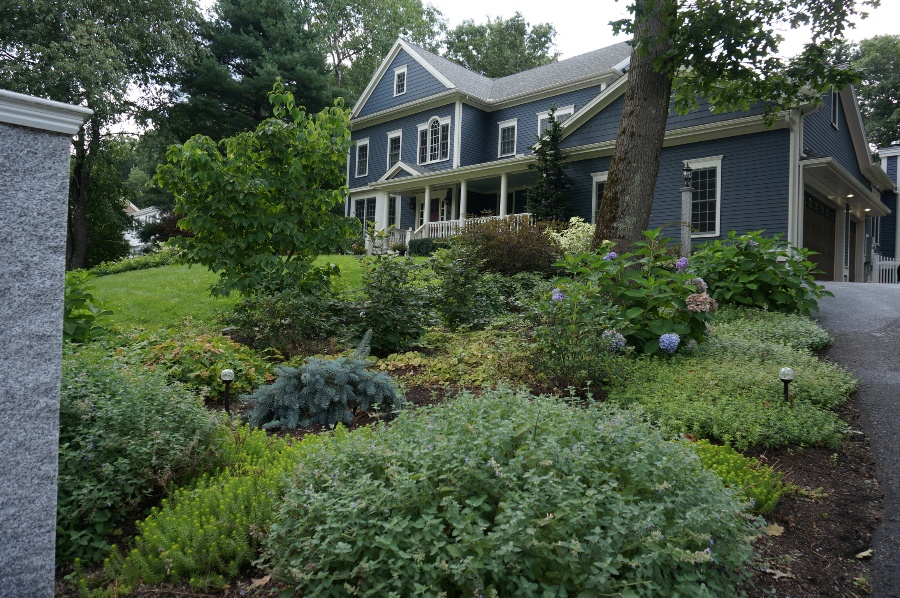
A great landscape design creates an outdoor space that reflects how you want to live while respecting the land itself. That means making space for both beauty and function — places to walk, sit, relax and maybe even grow a garden.
Without a clear process, it’s easy to feel stuck or pour energy into short-term fixes that don’t last. A well-planned landscape design helps you understand what’s working and what’s not, and how to make smart, lasting improvements. When your yard feels overwhelming, structure brings clarity — and a professional design process offers just that.
Key Steps to Building a Custom Landscape Design
Start with a Thorough Site Analysis
Before you dig a hole or move a single stone, understanding your yard’s natural conditions is essential.
A thorough site analysis uncovers critical factors like soil type, microclimate and topography — details that influence everything from water drainage to which plants will thrive.
Is the soil clay-heavy? Does a low corner stay soggy after rain? Is that overgrown tree providing helpful shade, or blocking light from reaching the garden?
A careful review of existing trees, structures and plantings can reveal what to preserve, what to remove and where there’s room for new features. Professionals also consider sun exposure, wind direction, stormwater movement and even zoning to create a design that works in harmony with the site — not against it.
Use Natural Features to Guide Your Landscape Design
Nature often provides the best blueprint for your landscape. Designing with the land’s existing traits — rather than forcing changes — leads to a healthier and more sustainable landscape.
For instance, rather than fighting a shady patch, use it as an opportunity to plant ferns or woodland species that thrive there.

Poor drainage in a corner? That might be the perfect spot for a rain garden or permeable stone feature that helps with stormwater management.
Choosing native plant species suited to your area’s hardiness zone and ecosystem encourages biodiversity, supports pollinators and reduces long-term maintenance.
A thoughtful balance of softscape and hardscape elements can turn your yard into a natural extension of your home — with beauty that lasts through the seasons.
Add Functionality and Outdoor Living Features to Your Landscape
A landscape should be more than just a pretty view — it should invite you to step outside and stay awhile. That’s why successful landscape planning prioritizes usability just as much as appearance.
Whether it's a meandering walkway, a tucked-away bench, or a stone patio for hosting friends, your yard should reflect how you want to use it. Thoughtful design carves out spaces for play, rest, gardening, or entertaining — whatever makes sense for your lifestyle.

Adding functional features like irrigation systems or low-maintenance native plants makes your landscape easier to care for, too. When your outdoor space is designed with everyday living in mind, it becomes an extension of your home — not a chore you avoid.
Hire a Pro for Your Landscape Design Project
While it’s tempting to tackle landscape changes yourself, there’s real value in getting expert input — especially when starting from a place of overwhelm.
Professional landscape designers bring a trained eye and deep experience in landscape architecture, plant selection, materials and site conditions. They know how to work with your property’s unique environmental factors, from soil composition to wind patterns, and can help you navigate challenges like aging trees, tricky slopes or poorly draining areas.
Most importantly, they see potential where you might see problems. Partnering with a pro can save you time, prevent costly missteps and help create a space that’s not only beautiful but built to last.

Every yard has a story — and sometimes, that story includes years of overgrowth, worn-out features or outdated plantings. But that doesn’t mean the ending is written.
With the right design process — beginning with site analysis and guided by the natural rhythms of the land — you can uncover possibilities you hadn’t considered.
Whether you’re dreaming of a quiet reading nook under a tree, a pollinator-friendly garden or simply a yard that feels more usable, thoughtful landscaping is the first step toward a space that truly works for you.
When the task feels too big to take on alone, partnering with professionals can help turn hesitation into progress — and transform your yard into something remarkable.
To learn more about designing a custom landscape for your home, download our free ebook, The Mindful Homeowner's Guide to Transformative Landscape Design. If you're ready to get started on your new landscape project, or simply want to learn more about the process, you can contact our team here to schedule a free consultation. We'd love to talk to you!
